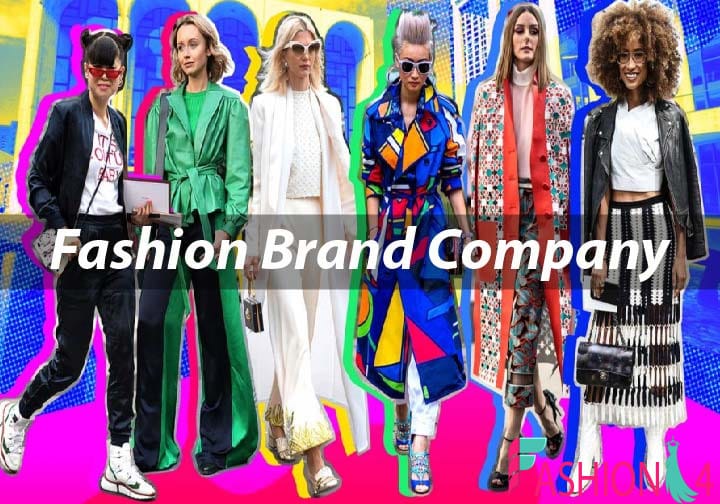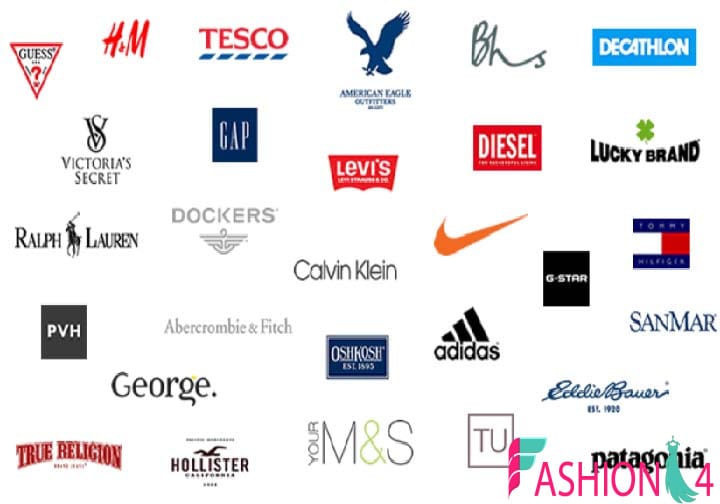
Fashion is an ever-changing world that keeps reinventing itself every season. But have you ever wondered how that trendy outfit you just bought went from a designer’s sketch to a finished piece hanging in your closet? The world of fashion brand factories is where all the magic happens. This article will take you behind the scenes of a fashion brand journey, from the creative process to the production lines in the company factory. Whether you’re a fashion enthusiast or just curious about how it all works, you’re in the right place.
1. Introduction to Fashion Brand Company Factories
Fashion brand company factories are the backbone of the fashion industry. These are the places where ideas are turned into physical products. But a company factory isn’t just a building filled with machines—it’s a crucial element in bringing a fashion brand vision to life. Without these factories, the stylish clothes we see on the runway or in stores would remain just a concept.
But what really happens inside a fashion company factory? Let’s dive deeper and find out.
2. The Birth of a Fashion Brand
Every great fashion brand starts with an idea. Whether it’s inspired by a piece of art, a historical trend, or modern culture, fashion begins in the mind of a designer. Once a concept is formed, the brand starts creating a strategy for how they want to position themselves in the market.
After that, it’s time to turn that concept into a tangible product. And that’s where the factory comes in. Factories are where raw materials, ideas, and craftsmanship all meet to create the clothing we love.
3. How Do Factories Fit Into the Fashion Industry?
Factories play a vital role in the fashion ecosystem. They’re the bridge between the design team and the consumer. Imagine a company factory as the heart of a fashion brand. Without it, no matter how beautiful a design is, it would never reach the hands of the customer.
Factories are responsible for transforming sketches and ideas into the final product that can be worn and enjoyed. From small boutique factories producing limited collections to large-scale facilities churning out thousands of garments, every piece of clothing goes through a rigorous production process.
4. The Design Process: From Inspiration to Blueprint
Designing fashion is like painting a picture. First, a designer gathers inspiration from various sources—nature, art, and even street style. Once the inspiration is set, they sketch their ideas on paper or digitally. These sketches are like blueprints, guiding the entire production process.
Once the designs are finalized, they are passed to the factory. Here, these sketches are transformed into patterns, and the technical details are worked out to ensure that the designs can be replicated on a large scale.
5. Material Sourcing: Finding the Perfect Fabric
Have you ever felt the texture of a fabric and thought, “This feels perfect”? That’s no accident. Factories, in collaboration with fashion brands, carefully select materials that not only look good but also feel right and are durable. This process is called material sourcing.
Factories often work with global suppliers to get the best fabrics, trims, and accessories. Sourcing is a crucial step because the quality of materials directly impacts the quality of the final product.
6. The Role of Technology in Fashion Factories
Fashion factories today are not what they used to be. Thanks to technology, production processes are more efficient and precise than ever before. Automated cutting machines, digital pattern making, and 3D printing have all revolutionized the way clothes are made.
With technology, factories can produce large quantities of garments quickly without compromising on quality. This innovation also allows for more customization, where brands can cater to individual customers with specific measurements and preferences.
7. Crafting a Collection: Prototyping and Sampling
Before a fashion collection goes into full production, it undergoes a sampling phase. Think of it like a dress rehearsal before a big show. Factories create prototypes or samples based on the designer’s sketches to see if everything works together.
During this stage, tweaks are made to ensure the fit is perfect and the fabrics behave as expected. Sampling allows the design team to make adjustments before committing to mass production, saving time and resources in the long run.
8. The Production Line: From Cutting to Stitching
Once the prototypes are approved, it’s time to hit the production line. The process usually starts with cutting the fabric. Precision is key here because every piece of fabric needs to match the pattern perfectly. After cutting, the fabric pieces are sewn together, either by hand or using sewing machines.
Each garment goes through different stages, from assembling the body to adding finishing touches like buttons, zippers, or embellishments. The production line is a complex choreography of skilled labor and machinery working together.
9. Quality Control: Ensuring Perfection in Every Piece
Fashion factories have strict quality control measures in place. Every garment is inspected at various stages of production to ensure it meets the brand standards. Think of quality control like the editor of a magazine—it catches mistakes before they reach the customer.
From checking the stitching to ensuring the fabric has no defects, quality control ensures that every piece is ready to wear and will make the customer happy. After all, no brand wants to see returns due to poor craftsmanship.
10. Sustainability in Fashion Factories
Sustainability has become a major focus in fashion today. Many factories are now adopting eco-friendly practices, from using organic materials to reducing waste in the production process. Fashion Brand are looking for ways to minimize their carbon footprint, and the company factory is often where these initiatives start.
For example, some factories use energy-efficient machines, recycle water, or even power their production lines with solar energy. Sustainability isn’t just a trend; it’s becoming a necessity for the future of fashion.
11. The People Behind the Machines: Factory Workers and Artisans
Behind every piece of clothing is a team of skilled workers. From pattern makers to tailors and artisans, these individuals bring the designs to life. They are the unsung heroes of the fashion world, applying their craftsmanship to create the perfect fit and finish.
In many factories, the work requires precision and attention to detail, whether it’s hand-sewing intricate designs or managing complex machinery. These workers are the backbone of the factory, ensuring each garment is crafted with care.
12. Challenges Faced by Fashion Factories
Running a fashion brand company factory isn’t without its challenges. From managing large orders to meeting tight deadlines, factories must balance efficiency with quality. Additionally, fluctuating material costs and supply chain disruptions can make production unpredictable.
Another major challenge is labor conditions. While many factories prioritize fair wages and working environments, there are still cases of exploitation in parts of the world. Ethical fashion brands work closely with their factories to ensure that their workers are treated fairly and that the production process aligns with global labor standards.
13. The Future of Fashion Factories
What does the future hold for fashion factories? With the rise of technology and the push for sustainability, fashion factories will continue to evolve. We may see more automation in the production process, with machines handling even more of the labor-intensive tasks.
At the same time, there will likely be a greater emphasis on ethical practices and eco-friendly innovations. Factories of the future might be powered by renewable energy, and garments could be made from recycled or biodegradable materials. One thing is certain: fashion factories will remain a crucial part of the industry, even as they adapt to new trends and challenges.
14. Conclusion: The Heart of the Fashion Industry
In the end, fashion brand company factories are where creativity meets reality. They take a designer’s vision and turn it into something tangible—something you can wear and feel good in. From the first sketch to the final stitch, factories play a vital role in the journey of every fashion brand. Without them, the clothes we love wouldn’t exist. The next time you wear your favorite outfit, take a moment to appreciate the craftsmanship and hard work that went into making it.
15. FAQs
1. What role do fashion factories play in the industry?
Fashion factories are responsible for turning designers’ concepts into finished garments. They handle everything from material sourcing to production.
2. How do fashion brands ensure quality in their factories?
Fashion brands implement strict quality control measures at every stage of production to ensure that garments meet their standards before reaching customers.
3. Are fashion factories sustainable?
Many fashion factories are adopting eco-friendly practices such as using organic materials and energy-efficient machines to reduce their environmental impact.
4. What challenges do fashion factories face?
Fashion factories face challenges such as fluctuating material costs, supply chain issues, tight deadlines, and ensuring fair labor practices.
5. What is the future of fashion factories?
The future of fashion factories lies in technology and sustainability, with increased automation, renewable energy use, and a focus on ethical production practices.


